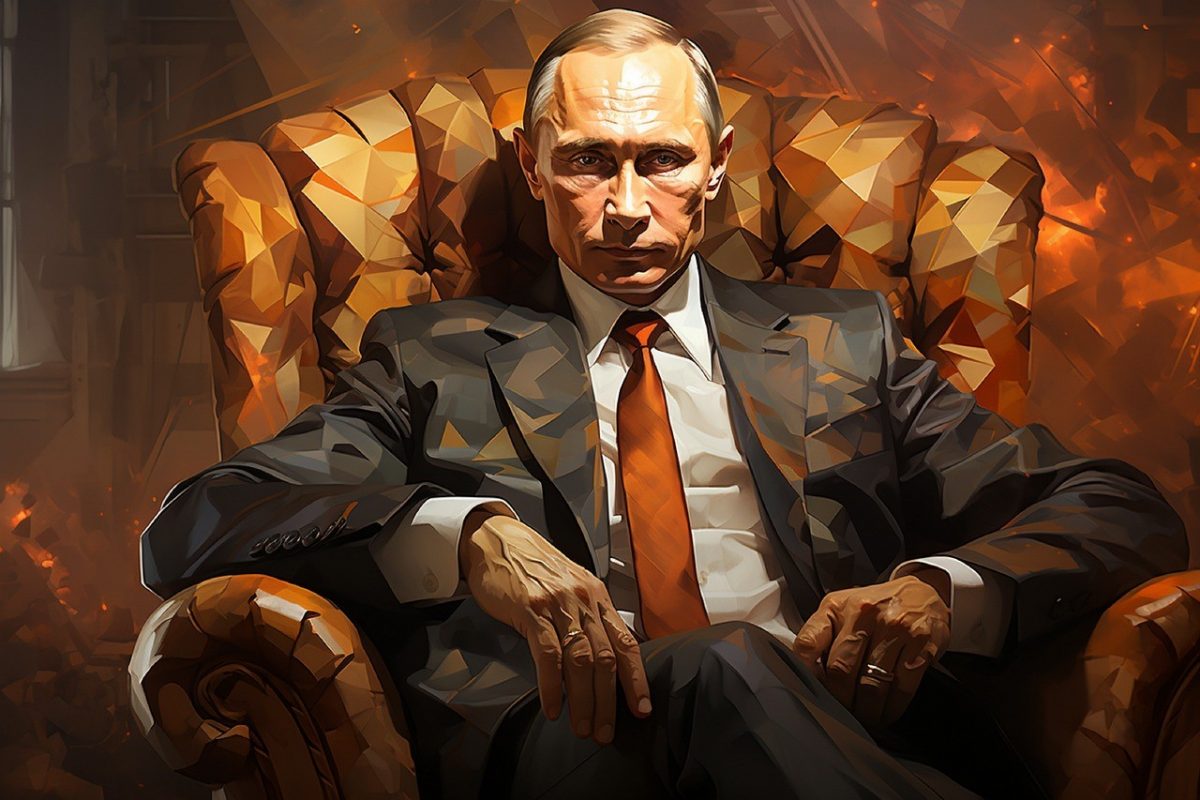The “march for justice” led by the head of the Wagner Group, Yevgeny Prigozhin, declared that its goal was to “teach a lesson to Russia’s corrupt and deceitful military leadership, whose blunders in managing the war against Ukraine has resulted in huge losses,” according to the publication Meduza. It is not the first time in Russian history that internal leadership conflicts resulted in death. In a video released on June 23 Prigozhin claims the Russian Ministry of Defense was “deceiving the president” and that it is the military “washing with blood.” How it started remains a mystery, as does its ending. What analysts in Washington do surmise is that the so-called mutiny has exposed multiple fissures in the Kremlin’s military-political architecture, says Sergey Sukhankin of the Jamestown Foundation.
The root cause of the conflict appears to date to the Syrian and Libyan civil wars and the 2018 arguments Prigozhin had with Russian Minister of Defense (MoD) Sergei Shoigu. At the time, a large number of Wagner’s man in Syria lost their lives in an allied attack known as the “Deir ez-Zor Massacre.” Sukhankin points out that the strike was the result of an MoD disagreement with the Wagner Group. It did not end with one attack. In 2019 Wagner’s man were again hit in Libya by a strike that killed dozens of battle-hardened soldiers. Although the MoD and Wagner Group were at odds, Putin needed Prigozhin when his special military operation in Ukraine dragged on and he needed results. Kommersant on June 27 reported that Moscow allocated $1 billion in annual support to the group and another $1 billion to Prigozhin’s business contacts.
The division was further exacerbated when there was a “normalization” of ammunition, meaning Wagner’s forces received lesser amounts comparable to what Russian soldiers received. The mercenary was also restricted from recruiting additional men out of Russian prisons to replace those lost. Sukhankin says that “Prigozhin, and his fighters, began to openly threaten and humiliate various Russian defense officials. Additionally, the Wagner chief presented an ultimatum that he would withdraw his forces from the frontlines if ammunition supplies were not dramatically increased and General Sergey Surovikin was not appointed as the liaison between Wagner and the MoD.” Less talked about in the Western media is that the Chechen leadership joined forces with MoD. Dmitry Utkin, Sukhankin notes, a Wagner commander covertly threatened the Chechens stating, “we have known each other since the First and Second Chechen wars.” Utkin sided with the Russian federal troops. Later, he adds, a “Wagner social media account posted an image of destroyed Grozny with the unambiguous inscription, ‘We can repeat.’”
Western analysts point out that the Wagner Groups claims and threats were not heard by Putin, despite Prigozhin noting that MoD-subordinated volunteer formations deserted strategic positions in Bakhmut and his ridiculing the Gazprom-created PMC “Torch” for surrendering positions after encountering Ukrainian forces. Putin continued to ignore Prigozhin and supported Shoigu’s demand for an all volunteer force that would sign a contract agreeing to their subordination to the MoD by July 1. As the Wagner-MoD conflict entered its sixth month, the MoD issued an ultimatum that the Wagner Group sign a contract relinquishing its “uncontrollable” status in the hierarchy of the Russian Armed Forces. Wagner reacted as the document meant that his mercenaries, and possibly Wagner himself, would lose their autonomy.
This led to the June 23 YouTube statement in which he criticized sharply a number of actions taken by Putin. He stated that the war occurred because the MoD intentionally deceived the Russian people, Putin ignored that the Ukrainian president was ready to negotiate, and Russian losses were much higher that officially published. Prigozhin also accused Russian authorities of acting as occupiers, not the saviors of the Donbas region. Sukhankin says Prigozhin “declared his intent to punish Shoigu and Chief of the Russian General Staff Valery Gerasimov, whom he had previously accused of enabling the ‘genocide of the Russian people.’” The mutiny ended as quickly with Putin offering three options: go to Belarus, sign a contract with the MoD and remain in the warzone, or “return back home,” according to Izvestiya.
Internal leadership conflicts that end in violence are not unknown in Russian history. What is enlightening is Prigozhin’s statement explaining that these events were “normal” and that he had “shaken everyone up.” He mocked the MoD saying that in Rostov they “demonstrated a master class. That is how February 24 should have looked.” With Russian history as a guide, the world can expect that new events will unfold indicating that the “mutiny” is far from over.
Daria Novak served in the U.S. State Dept.
Illustration: Pixabay
